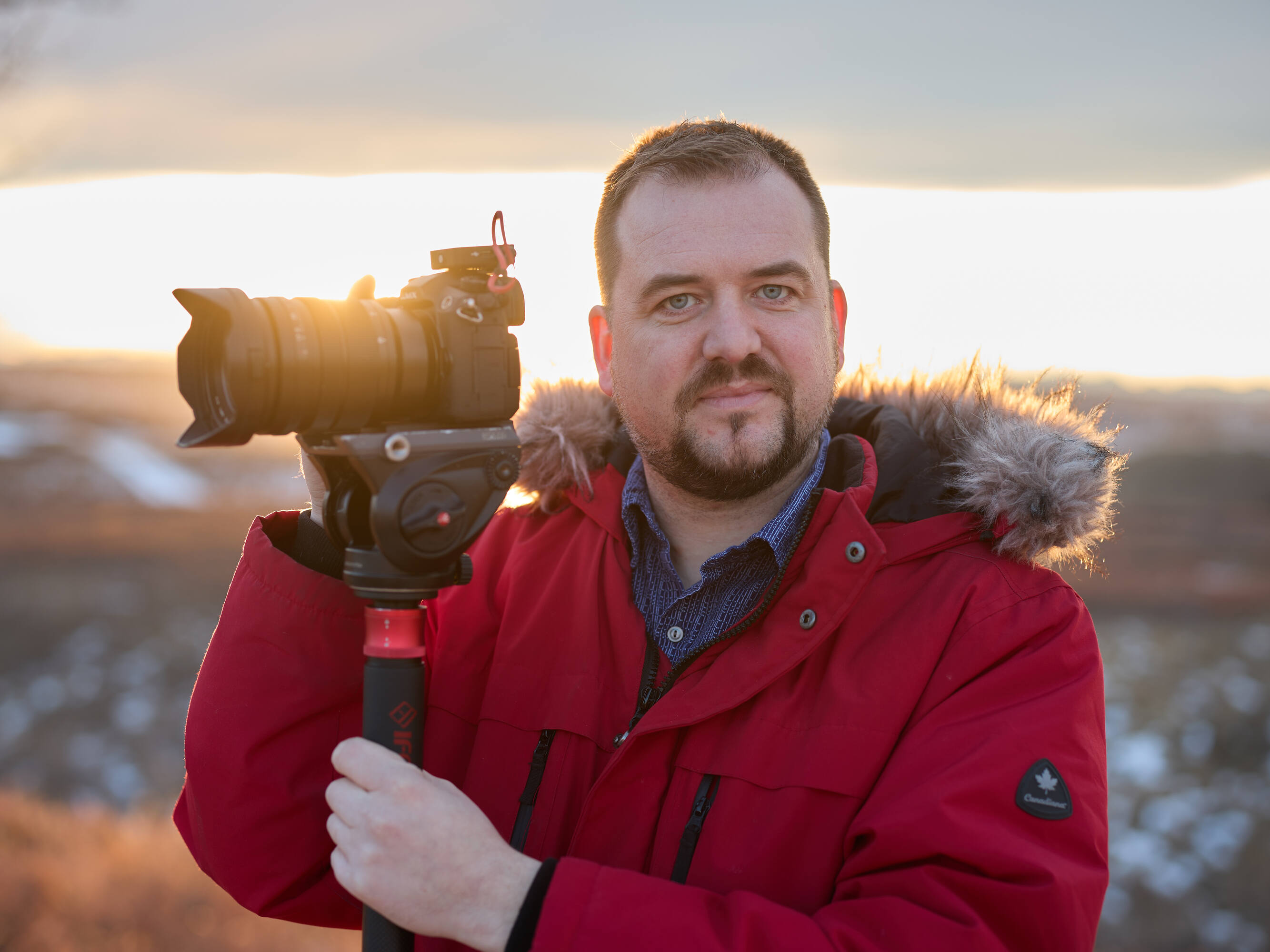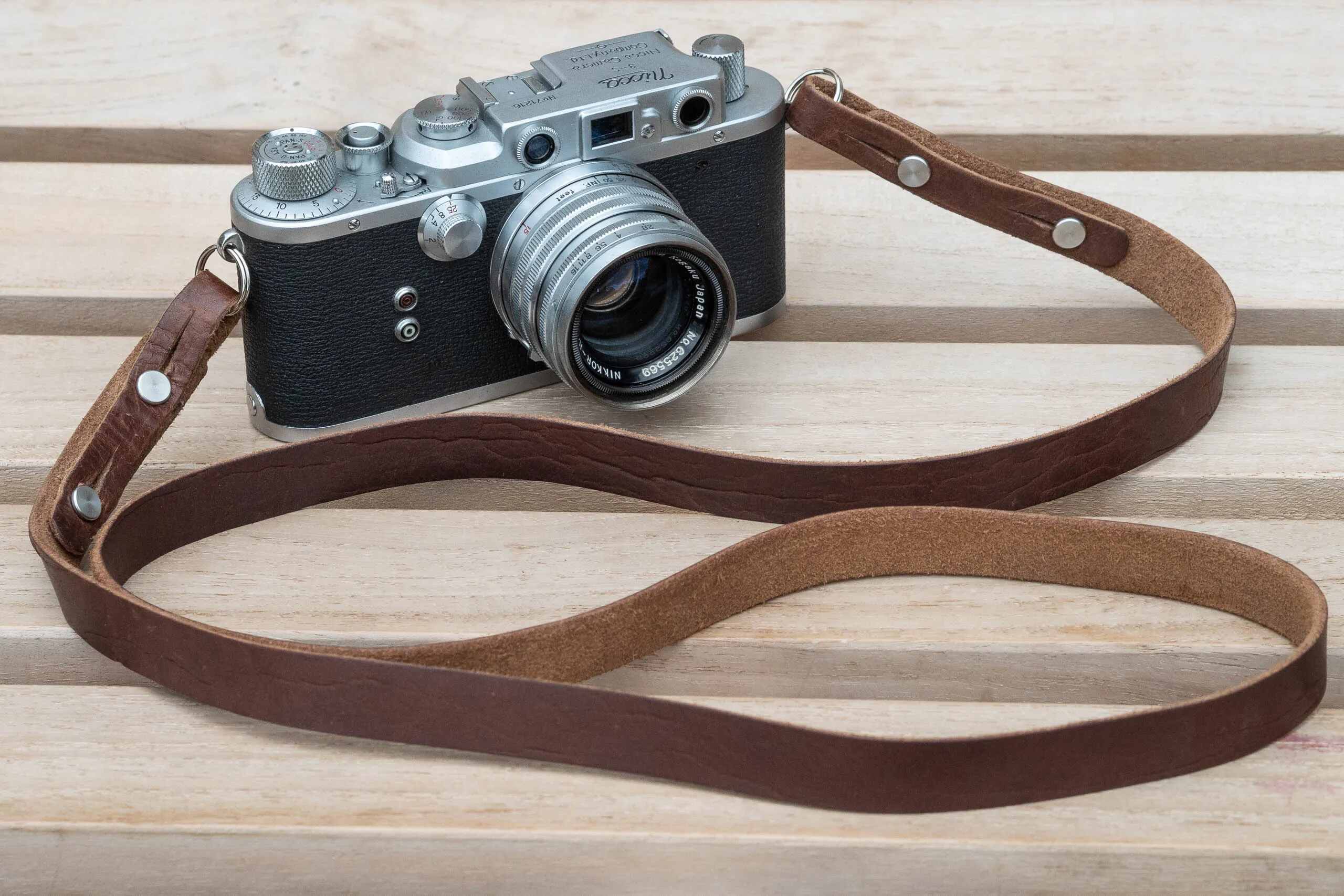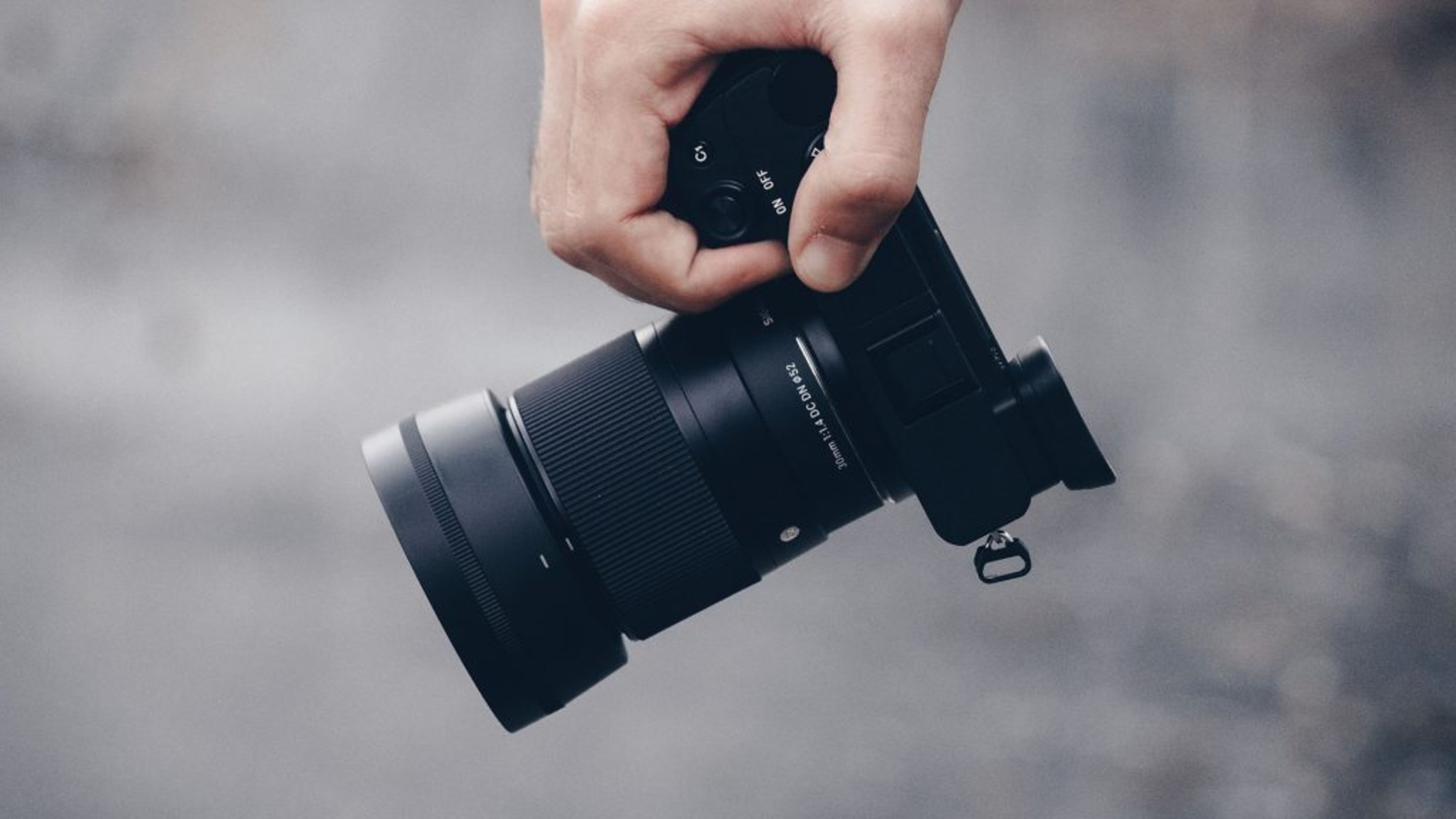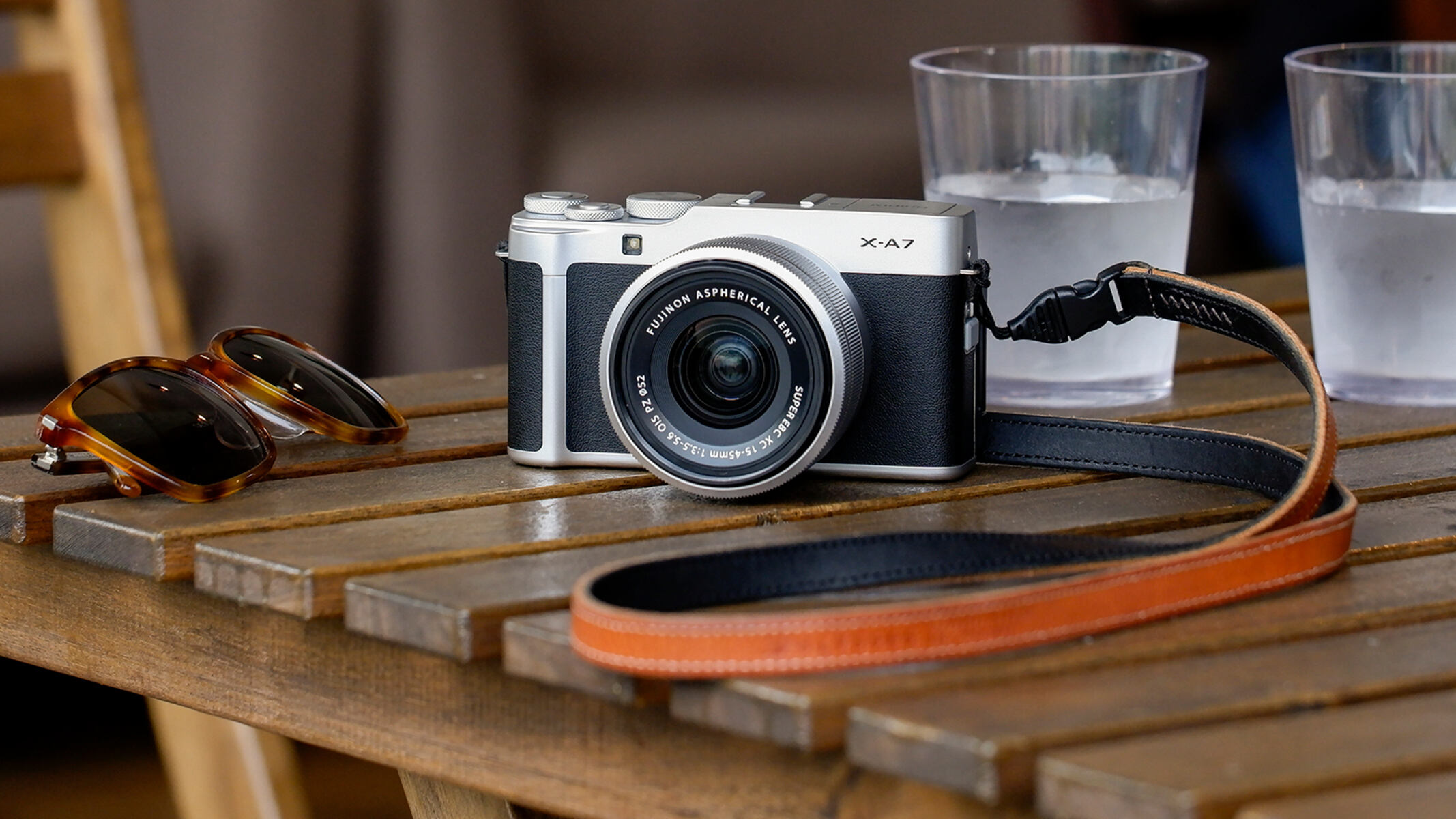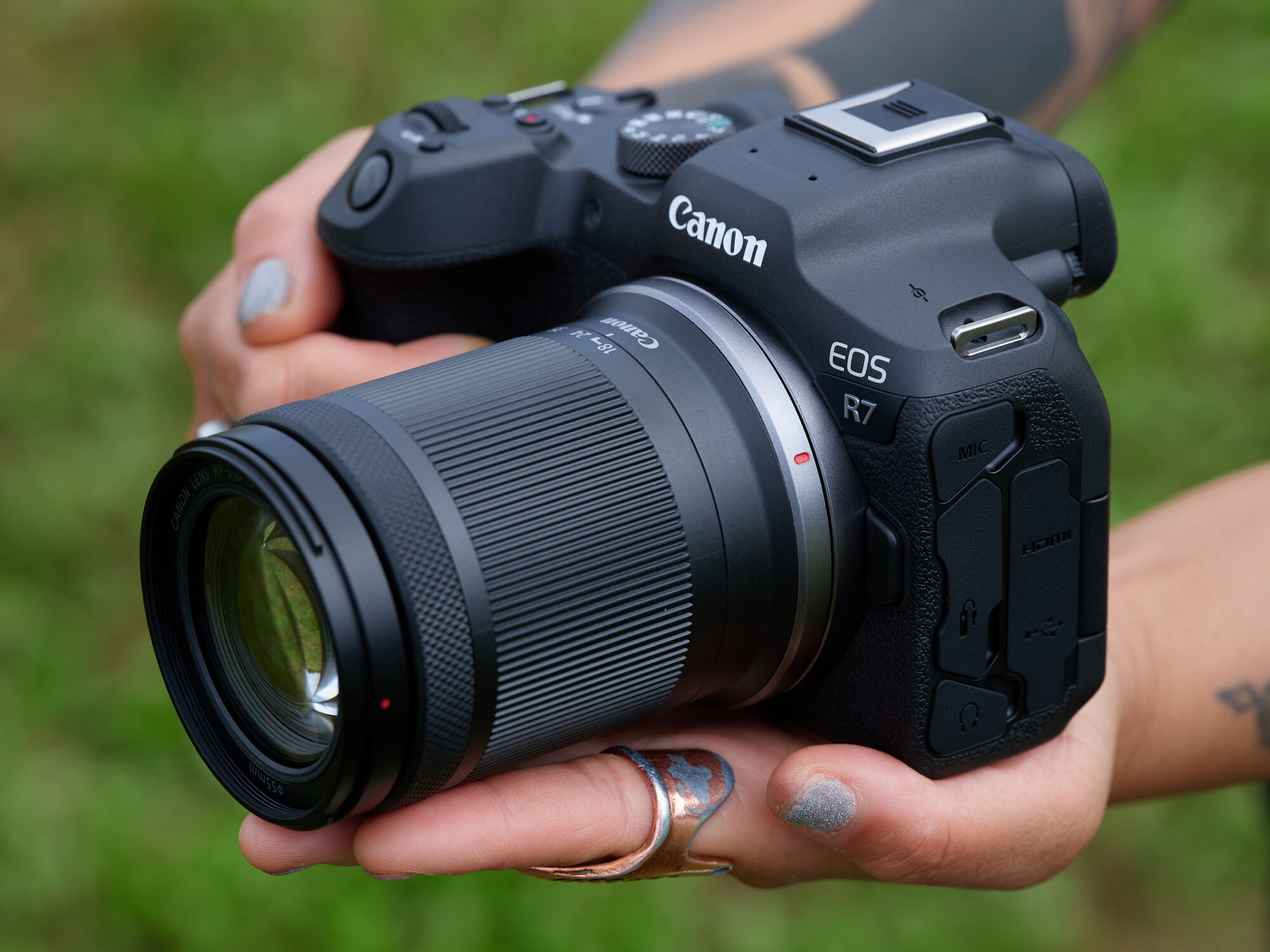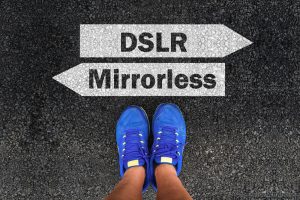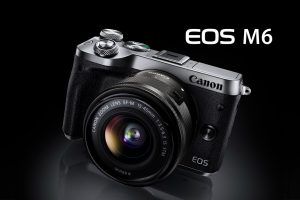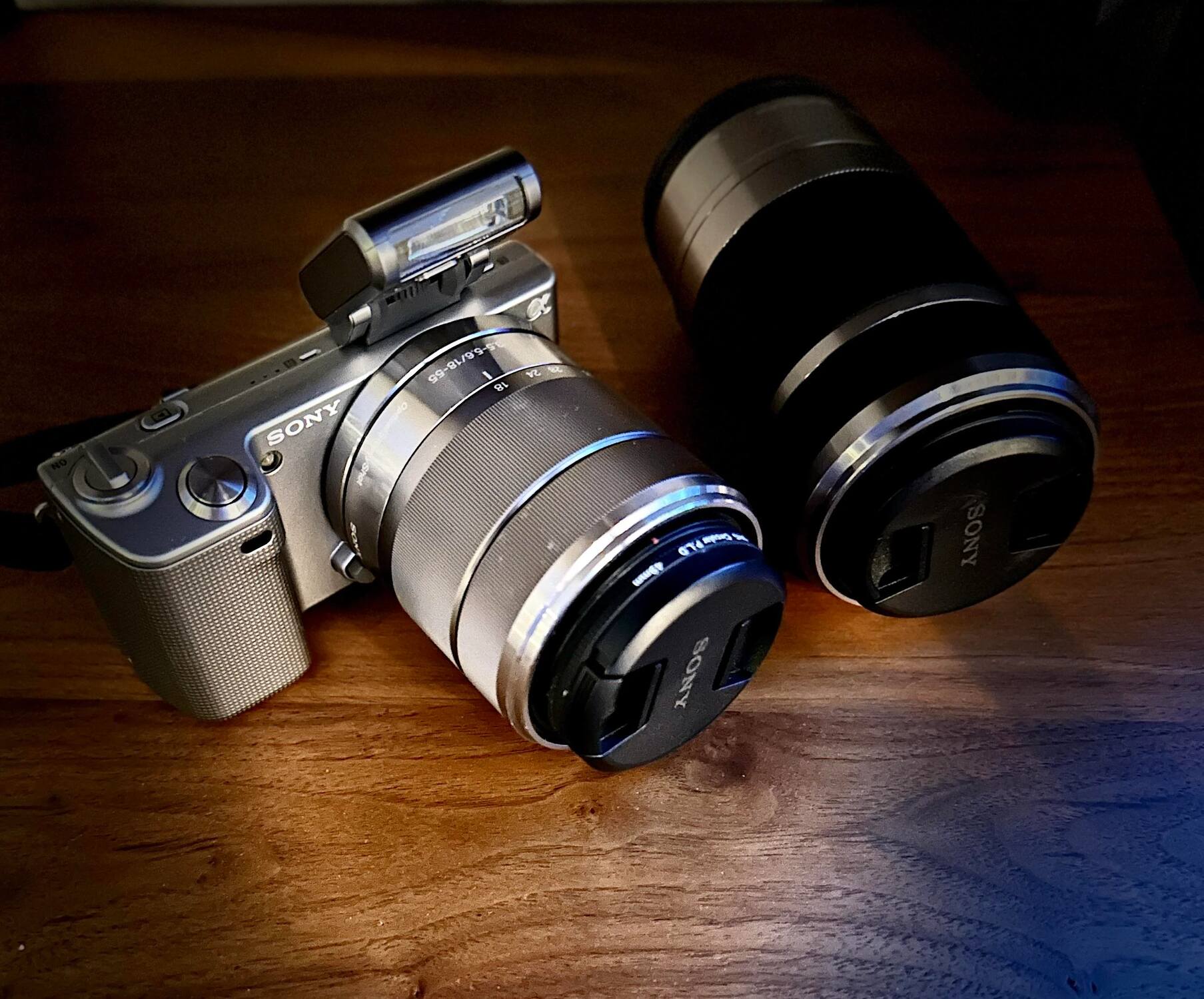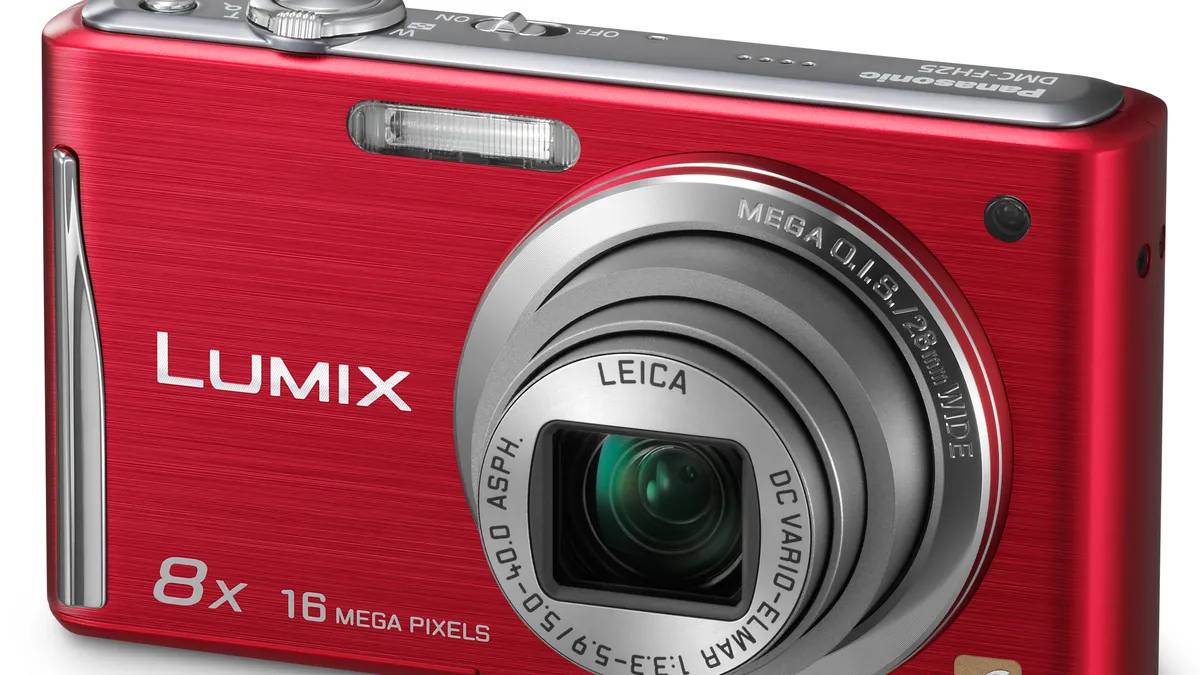Introduction
Welcome to the exciting world of mirrorless cameras! Whether you're a seasoned photographer making the switch or a beginner looking to explore the realm of digital photography, mirrorless cameras offer a compact, versatile, and high-quality alternative to traditional DSLRs. In this guide, you'll discover the essential information and tips to kickstart your journey with a mirrorless camera.
The rise of mirrorless cameras has revolutionized the photography industry, offering a perfect blend of cutting-edge technology and portability. Unlike DSLRs, mirrorless cameras lack the optical viewfinder and mirror system, resulting in a more compact and lightweight design. This makes them an attractive option for photographers who value mobility without compromising on image quality.
With the absence of a mirror, mirrorless cameras utilize electronic viewfinders or rear LCD screens to provide a real-time preview of the captured image, allowing for precise composition and exposure adjustments. Additionally, the elimination of the mirror box enables the use of a wider lens mount, paving the way for innovative lens designs and superior image quality.
As you embark on your mirrorless camera journey, it's essential to grasp the fundamental concepts and features that set these cameras apart from their DSLR counterparts. From understanding the basics of mirrorless cameras to mastering their advanced settings and capturing stunning photos, this guide will equip you with the knowledge and skills to maximize the potential of your mirrorless camera.
Whether you're drawn to landscape photography, portrait photography, or street photography, the versatility of mirrorless cameras makes them suitable for a wide range of photographic genres. By the end of this guide, you'll be well-prepared to unleash your creativity and capture breathtaking moments with your mirrorless camera.
So, let's dive into the world of mirrorless cameras and uncover the secrets to capturing stunning images with these innovative and powerful devices. Whether you're a hobbyist or a professional, the possibilities are endless with a mirrorless camera by your side.
Understanding the Basics of a Mirrorless Camera
Before delving into the intricate details of mirrorless cameras, it’s crucial to grasp the foundational aspects that differentiate them from traditional DSLRs. At the core of a mirrorless camera lies its unique mechanism, which sets it apart as a game-changer in the world of digital photography.
Unlike DSLRs, which employ a complex system of mirrors to reflect light into an optical viewfinder, mirrorless cameras eliminate the need for this intricate mirror setup. This absence of a mirror results in a more compact and lightweight body, making mirrorless cameras highly portable and convenient for on-the-go photography.
One of the defining features of mirrorless cameras is their employment of an electronic viewfinder (EVF) or a rear LCD screen for composing and previewing images. The EVF simulates the optical viewfinder experience by displaying a real-time electronic image of the scene, complete with exposure and white balance adjustments. This feature provides a seamless and intuitive way to visualize the final image before pressing the shutter button, empowering photographers to make precise composition and exposure decisions.
Furthermore, the absence of a mirror box allows for a shorter flange distance, which refers to the distance between the lens mount and the image sensor. This shorter flange distance enables the use of a broader range of lenses, including adapted lenses from other camera systems, expanding the creative possibilities for photographers.
Another key aspect of mirrorless cameras is their reliance on contrast-detection or phase-detection autofocus systems, often integrated directly onto the image sensor. This results in fast and accurate autofocus performance, enhancing the camera’s ability to swiftly lock onto subjects and maintain sharp focus, particularly in challenging lighting conditions.
Understanding these fundamental differences equips photographers with the knowledge to leverage the unique capabilities of mirrorless cameras, ultimately unlocking a world of creative potential and photographic opportunities.
Choosing the Right Mirrorless Camera for You
When it comes to selecting the perfect mirrorless camera, the market offers a diverse array of options tailored to various preferences, skill levels, and photographic pursuits. Understanding the key factors that influence your decision can help you narrow down the choices and find a mirrorless camera that aligns with your specific needs and creative vision.
One of the primary considerations when choosing a mirrorless camera is the sensor size. Mirrorless cameras are available with different sensor formats, including Micro Four Thirds, APS-C, and full-frame sensors. The sensor size directly impacts image quality, low-light performance, and depth of field control, making it a crucial aspect to evaluate based on your photographic requirements.
For photographers seeking a balance between portability and image quality, cameras with APS-C sensors offer a compelling option. These cameras provide excellent image quality while maintaining a relatively compact form factor, making them well-suited for travel and everyday photography.
On the other hand, full-frame mirrorless cameras deliver exceptional image quality, superior low-light performance, and the ability to achieve a shallow depth of field for impactful subject isolation. These cameras are favored by professionals and enthusiasts who prioritize uncompromising image quality and creative versatility.
Additionally, the availability of native lenses and lens compatibility is a crucial factor to consider. A robust lens ecosystem ensures that you have access to a wide range of lenses suitable for your preferred photographic genres, whether it’s landscape, portrait, macro, or sports photography. Furthermore, the compatibility of adapted lenses from other camera systems can expand your creative horizons, allowing you to leverage existing lenses or explore unique optical characteristics.
Another aspect to evaluate is the camera’s ergonomics and handling. A comfortable grip, intuitive control layout, and customizable buttons contribute to a seamless shooting experience, especially during extended photo sessions. Consider visiting a camera store to physically handle different models and assess their ergonomics to determine which camera feels the most natural and ergonomic in your hands.
By carefully evaluating these factors, you can make an informed decision when choosing a mirrorless camera that complements your photographic style, empowers your creativity, and serves as a reliable tool for capturing memorable moments.
Essential Gear for Mirrorless Camera Photography
Equipping yourself with the right gear is essential to maximize the potential of your mirrorless camera and elevate your photography to new heights. From lenses and accessories to protective gear, assembling a comprehensive kit tailored to your photographic pursuits is key to achieving outstanding results.
One of the primary considerations when building your mirrorless camera kit is the selection of lenses. The versatility and performance of your lenses significantly impact the quality and creative potential of your images. Consider investing in a high-quality prime lens for capturing crisp, detail-rich portraits and achieving stunning bokeh effects. Additionally, a versatile zoom lens, such as a standard zoom or telephoto zoom, provides flexibility for various shooting scenarios, from landscapes and travel photography to wildlife and sports.
Furthermore, exploring specialty lenses, such as macro lenses for close-up photography or wide-angle lenses for expansive landscapes, can expand your creative horizons and enable you to capture diverse subjects with precision and artistry. As you delve into the world of mirrorless photography, the right combination of lenses will empower you to express your unique vision and capture compelling images with confidence.
Complementing your lenses, essential accessories such as a sturdy tripod, camera bag, and lens filters are invaluable additions to your gear arsenal. A reliable tripod ensures stability for long exposures, landscape photography, and low-light shooting, enabling you to achieve tack-sharp images with ease. Additionally, a well-organized camera bag protects your gear while offering convenient storage and easy access during photo outings.
When it comes to lens filters, investing in high-quality UV filters for lens protection, polarizing filters for enhancing sky and foliage contrast, and neutral density filters for long exposures can significantly enhance the visual impact of your photographs while safeguarding your lenses from dust and scratches.
Moreover, considering the importance of power management, carrying spare batteries and a portable charger ensures uninterrupted shooting sessions, especially during travel or outdoor photography adventures. Additionally, investing in high-speed, high-capacity memory cards guarantees ample storage for your high-resolution images and 4K video recordings, allowing you to capture fleeting moments without compromise.
By assembling a well-rounded collection of lenses, accessories, and protective gear, you’ll be well-prepared to unleash the full potential of your mirrorless camera and embark on a journey of creative exploration and photographic excellence.
Mastering the Settings and Features of Your Mirrorless Camera
Unlocking the full potential of your mirrorless camera entails mastering its diverse settings and features, empowering you to exercise creative control and capture compelling images with precision. From understanding exposure settings to harnessing advanced autofocus capabilities, familiarizing yourself with the intricacies of your camera’s functionality is essential for elevating your photography.
Begin by delving into the exposure settings, including aperture, shutter speed, and ISO, to gain a comprehensive understanding of how these parameters influence the exposure and visual aesthetics of your photographs. The ability to manipulate aperture for depth of field control, adjust shutter speed to freeze motion or create intentional blur, and fine-tune ISO for optimal image quality in varying lighting conditions forms the bedrock of photographic creativity and technical proficiency.
Furthermore, exploring the camera’s metering modes and exposure compensation allows you to refine the exposure settings based on the specific lighting conditions and desired creative effects, ensuring accurate and consistent exposures across a range of shooting scenarios.
Delve into the intricacies of white balance and color profiles to achieve accurate color reproduction and convey the intended mood and atmosphere in your images. Experimenting with different white balance presets and custom color profiles enables you to tailor the visual aesthetics of your photographs to suit your artistic vision, resulting in captivating and evocative imagery.
Another pivotal aspect of mastering your mirrorless camera is familiarizing yourself with its autofocus system and customizable focus settings. Whether it’s exploiting the speed and accuracy of phase-detection autofocus or harnessing the precision of eye detection and subject tracking, understanding the nuances of autofocus modes and focus area selection empowers you to capture sharp, well-focused images across diverse photographic genres.
Moreover, delving into the camera’s menu system and customizing the function buttons and dials to suit your shooting preferences enhances operational efficiency and streamlines your workflow, allowing you to concentrate on the creative process without being encumbered by technical distractions.
As you navigate the myriad settings and features of your mirrorless camera, don’t overlook the potential of creative shooting modes, such as in-camera creative filters, multiple exposure blending, and time-lapse photography. These features offer avenues for artistic experimentation and visual storytelling, adding a layer of creativity to your photographic repertoire.
By immersing yourself in the settings and features of your mirrorless camera, you’ll gain the confidence and expertise to harness its full potential, enabling you to express your unique vision and capture stunning images that resonate with creativity and technical finesse.
Tips for Taking Great Photos with a Mirrorless Camera
Mastering the art of photography with a mirrorless camera involves honing your technical skills and embracing creative approaches to capture compelling images. Whether you’re a novice or an experienced photographer, these tips will help you maximize the potential of your mirrorless camera and elevate your photography to new heights.
- Embrace the Electronic Viewfinder: Make full use of the electronic viewfinder (EVF) or the rear LCD screen to preview and compose your shots. Leverage the real-time exposure and white balance preview to ensure accurate image visualization before pressing the shutter button.
- Utilize Focus Peaking: Take advantage of the focus peaking feature to achieve precise manual focus. This tool highlights the in-focus areas of the image, enabling you to attain sharp focus when using manual focus lenses or fine-tuning focus in challenging scenes.
- Explore Customizable Function Buttons: Customize the function buttons on your camera to assign frequently used settings and shortcuts, streamlining your shooting process and allowing quick access to essential controls without navigating through menus.
- Experiment with Lens Adapters: Explore the versatility of your mirrorless camera by using lens adapters to mount and utilize lenses from other camera systems. This opens up a world of creative possibilities and allows you to leverage a diverse range of lenses for your photography.
- Take Advantage of In-Body Image Stabilization: If your mirrorless camera features in-body image stabilization (IBIS), capitalize on this technology to capture sharp handheld shots at slower shutter speeds, especially in low-light conditions or when using telephoto lenses.
- Utilize Silent Shooting Mode: Harness the silent shooting mode available in many mirrorless cameras to capture candid moments without disturbing the scene, making it ideal for street photography, events, and intimate portraits.
- Experiment with Artistic Shooting Modes: Explore the creative shooting modes offered by your camera, such as multiple exposure blending, miniature effect, and monochrome filters, to infuse artistic flair into your images and expand your creative expression.
- Engage with the Photography Community: Join photography forums, online communities, or local photography clubs to connect with fellow mirrorless camera enthusiasts. Sharing experiences, seeking feedback, and learning from others can inspire and enhance your photographic journey.
- Continuously Practice and Experiment: Regularly engage in photography exercises and experiments to refine your skills and discover new perspectives. Embrace the process of continuous learning and experimentation to nurture your creativity and expand your photographic repertoire.
By incorporating these tips into your photographic practice, you’ll be well-equipped to unleash the full potential of your mirrorless camera and capture stunning, evocative images that reflect your unique vision and artistic sensibilities.
Conclusion
Congratulations on embarking on the enriching journey of mirrorless photography! As you’ve delved into the intricacies of mirrorless cameras, from understanding their fundamental principles to mastering their advanced features, you’ve equipped yourself with the knowledge and skills to unleash your creativity and capture breathtaking moments with precision and artistry.
By comprehending the unique advantages of mirrorless cameras, such as their compact design, electronic viewfinders, and advanced autofocus capabilities, you’ve gained insight into the innovative technology that underpins these powerful imaging devices. This understanding empowers you to harness the full potential of your mirrorless camera and explore diverse photographic genres with confidence and creativity.
Furthermore, the process of selecting the right mirrorless camera, assembling essential gear, and mastering its settings has provided you with the tools to tailor your photographic kit to your specific preferences and artistic aspirations. Whether you’re drawn to landscape vistas, intimate portraits, or dynamic street scenes, your mirrorless camera is poised to be a versatile and reliable companion in your photographic endeavors.
As you venture into the world of mirrorless photography, remember to continuously explore, experiment, and refine your craft. Embrace the limitless opportunities for creative expression and visual storytelling that your mirrorless camera affords. Engage with the vibrant photography community, seek inspiration from fellow enthusiasts, and share your unique perspectives to enrich your photographic journey.
Ultimately, the journey with a mirrorless camera is not just about capturing images; it’s about capturing emotions, stories, and moments that resonate with depth and authenticity. Your mirrorless camera is a tool for self-expression, a conduit for creativity, and a gateway to immersive visual experiences. Embrace the artistry of photography, and let your mirrorless camera be the instrument through which you paint vibrant, compelling narratives with light and vision.
As you continue to hone your skills, remember that every photograph you capture is a testament to your unique perspective and creative vision. Embrace the process, celebrate the moments, and let your mirrorless camera be the faithful companion that accompanies you on a captivating journey of discovery and artistic fulfillment.







